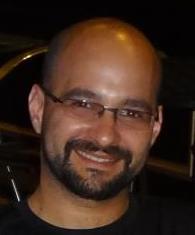
About Me
I’m currently working as an embedded software architect of DmOS - DATACOM’s universal embedded OS. I focus on modularity, continuous integration, incremental qualification and DevOps. I work very closely with the DevOps team, bringing solutions and new technologies, and also helping in general.
I was one of the architects that worked on the initial definitions of the architecture, processes and tools used nowadays in the company. The architecture group itself was something new back then.
Before the creation of the architecture group, I led small (8) development teams. At first, I led teams of embedded software development for about 5 years, as I started as a developer myself. I then led the test infrastructure team for about a year while also acting as a software architect for the Ethernet switch product line.
I hold a master degree in computer science from UFRGS. My research line was on computer networks, distributed systems, fault tolerance and security. My dissertation was about distributed firewall rule coherence. I implemented the prototype checker in Haskell.
I hold an MBA on management and leadership from UNISINOS. I graduated in electrical engineering from UFRGS.
I value technical excellence, out-of-the-box thinking, generalism, strategic planning and long-term maintainability. I’m always looking for vulnerabilities and enhancement opportunities in my knowledge and tool set.
Out of the professional context, I have studied and obtained a license to fly sailplanes. I can definitely say that I learned a lot from doing that, from the differences with my area (extreme risk aversion) as well as from the similarities (briefing/debriefing ~ sprint planning/review).